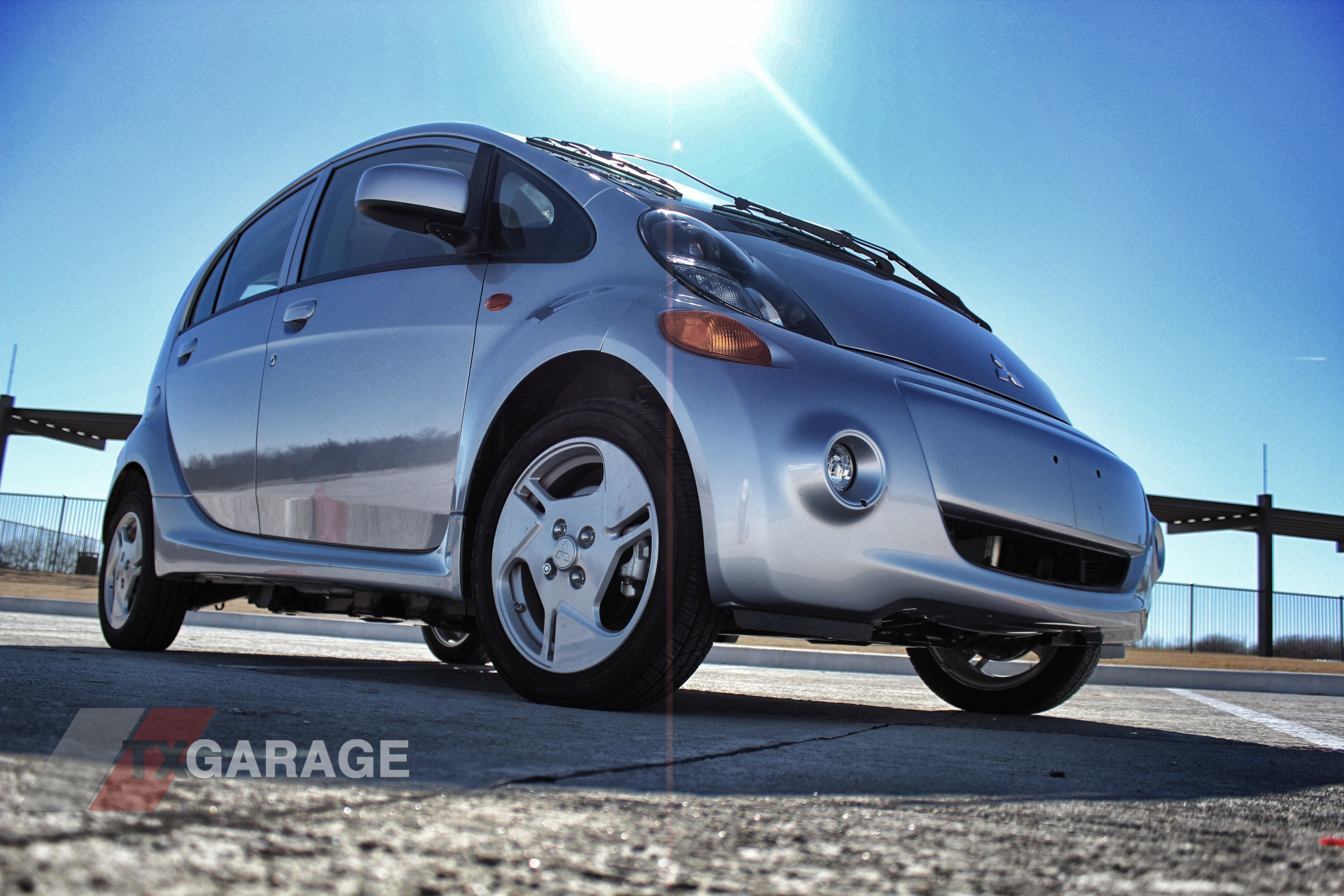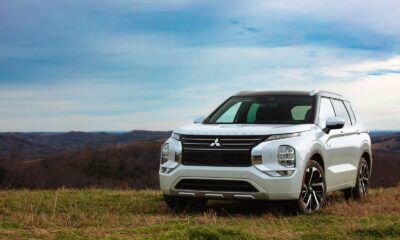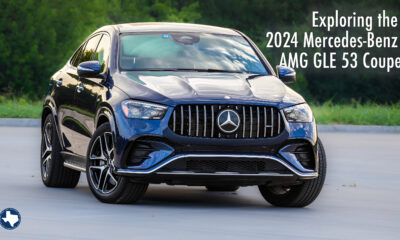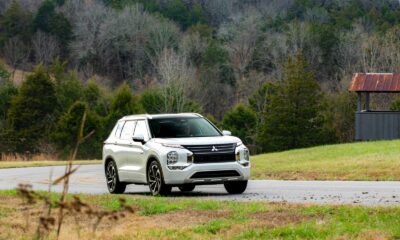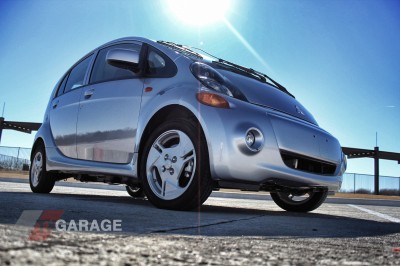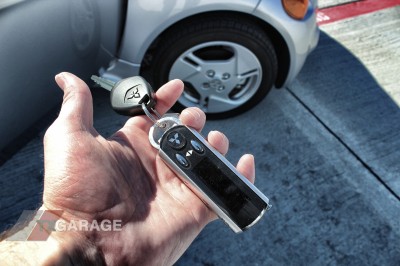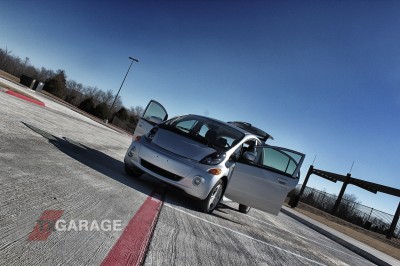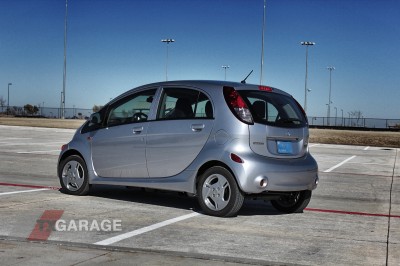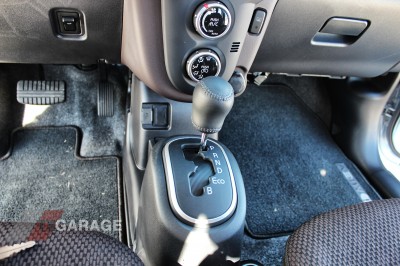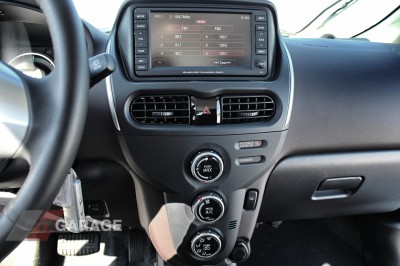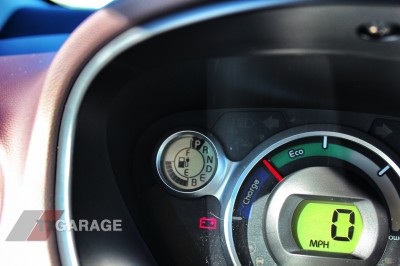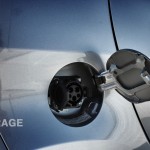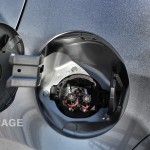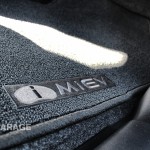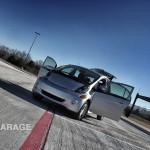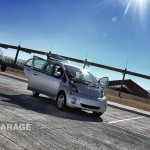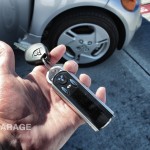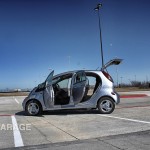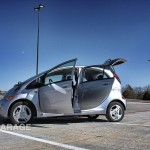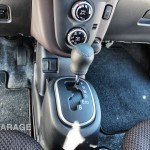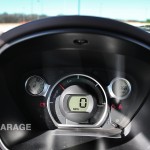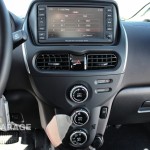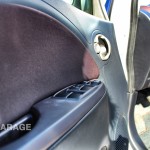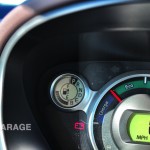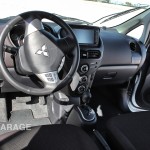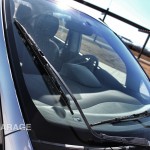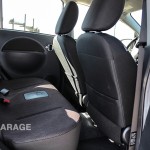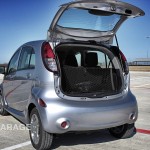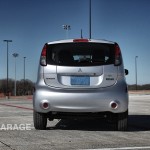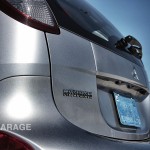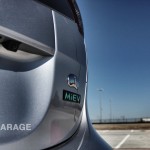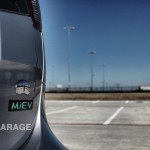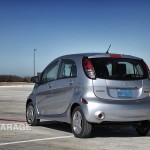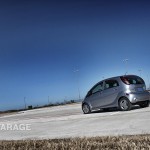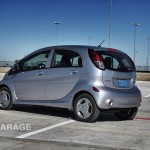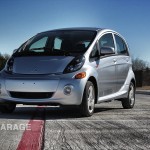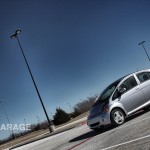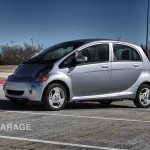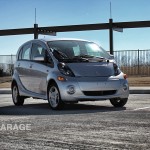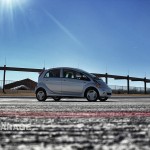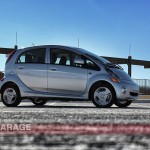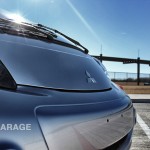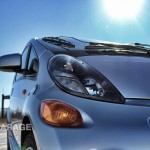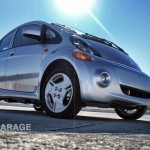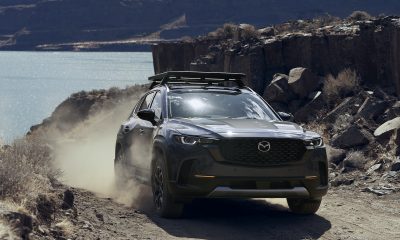Car Reviews
Full Review of the 2013 Mitsubishi i-MiEV
Mitsubishi has been reinventing its image and lineup these past few years with the announcement and killing off of many of their long running names like the Eclipse and Galant, and the introduction of the “i” cars. Mitsubishi is turning it’s focus more toward fuel efficiency and electric power. Their first introduction of this to the U.S. market is the i-MiEV, which stands for Mitsubishi innovative Electric Vehicle. We had the opportunity to spend a few days with this all electric car to see what we thought about it as a vehicle for Texans.
The first and most telling attribute showed it’s face right away with the delivery of the car. Usually when we receive vehicles, they are dropped off at our office, then we drive them home and around town for a week. They they are picked back up at our office. The day of the drop-off, I received a call from the event company who supplies journalists with Mitsubishi cars in our area. I was told that because my office is over 40-miles from my home, they were just going to deliver it to my house as to not risk the chance of me not making it home in the car. Although this car is rated at 62-miles, you’ll really have to have perfect conditions to get that kind of range and being on the highway at speed just won’t cut it.
When I did get the chance to drive the car, I took it out around my neighborhood to try and get a feel for how it drives. I drove quietly and comfortably through the streets feeling more like I was in a well insulated golf cart than a true family hatchback. The ride is good, and at slow speeds, the road and wind noise are minimal. All you really hear is the spinning of the electric motors as you cruise down the street. Although I’ve driven all-electric cars and plugin-hybrid cars with EV modes before, it’s always strange driving a car with no engine note as you crank it up or accelerate down the road.
Like all electric vehicles, the i-MiEV has pretty good acceleration as torque coming from an electric motor is instantaneous. You also get regenerative braking that will use the energy generated by braking to replenish your batteries. This is always a great and necessary feature for electric and hybrid cars alike. In this case, the regenerative braking was the most aggressive I’ve driven. As soon as you lift off the accelerator pedal you feel the brakes being applied and sometimes it can even jerk the wheel around in your hands.
I’m out of my neighborhood now and traveling down a long country road. Not surprisingly getting pushed down the road by a Tahoe that doesn’t think my little electric car is cool or cute as I’m preserving my battery by driving the speed limit. I’m coming up to the highway and have traveled a total of 7.2-miles at this point. Battery life is looking good as it shows we’re still three-fourths charged but it’s time to see how this bubble handles on the highway.
Getting up to speed on the highway doesn’t take much effort, and to much surprise, the car handles itself quite well cruising down the highway at 70-mph. Being quite pleased with the way this car handles on the highway, I looked down at the battery life. Above your speedometer is something like a tach that will show you how the electric engine is reving. This will show you when the regenerative braking is recharging your batteries, and when you’re driving along, it will show if you’re driving economically or using full power. It seemed that anything over 60-mph left no way for the engine to drive economically. This resulted in our charge dropping from three-fourths to just under a half charge in a 4-mile sprint down the highway.
Being just under half charged, I decided to make my way home as I didn’t feel like having to calling a tow truck. I drove much slower trying to utilize the regenerative braking as much as possible. Luckily, I was headed back toward town so I was doing the kind of driving that this car was meant to be doing. My total round trip ended up being 20.5-miles including country road driving, a short sprint down the highway, and some in town driving. I pulled into the driveway with a quarter charge left which made me happy they decided to drop the i-MiEV off at my house and not my office that day.
I got out of the car and opened up my garage to plug this baby up. There are two different ports on either side of the car, I’m guessing one is a Japanese or European thing and the other for the U.S. or some combination of that. Anyway, my 110-volt adapter only fit on one side so I hooked it up and forgot about it.
I have no doubt that the future of cars will be electric technology as you use no gas, create no pollution, and have no real maintenance requirements on the engine. There still remains major challenges though, the most obvious one being range. This is mostly a battery issue that probably won’t be solved anytime soon. Vehicles that can claim over 100-miles in range are way out of the reach of most buyers, and cars that are more affordable still have low range batteries and force the car to be a restricted driving car.
Not only do you have a low range, but time to charge is a challenge that many have been tackling. The i-MiEV will take you 6-hours to fully charge on a 220v outlet, but for us who use a 110v charger, we’re looking at 22-hours for a full charge.
That leads into another challenge, and that’s infrastructure. Sure, if you live within roundtrip range of your house, you’re fine to drive to work and back home and plug in at night. What about apartment complexes or high rise condos? What if you need a quick charge as you’re stopping at the grocery store? None of this infrastructure is in place in a mass way today.
Another challenge for electric vehicles, and actually the easiest hurdle in the big scheme of things, is price. The base price of this car is $29,125 for an ES trim. You can also have one in SE trim starting at $31,125 and for SE Premium you’re looking at $33,915 like our tester. You can still get an electric car tax credit of $7,500 which brings the car more into reality but it’s still way overpriced for the quality you get. This is also the cheapest electric car you can buy in the U.S. today, although Nissan has announced a big price drop on the Leaf.
So at this point, I still think it’s too soon to be looking at an electric car like the i-MiEV to be useful as your only mode of transport. For certain cases yes, it will work for you as a city traveler when you don’t drive more than 20 to 30 miles a day, but in most cases, it’s just not there quite yet. Even if you are one of those cases that could make use out of the range, you’ll never save enough in fuel cost to outweigh the crazy price of the car itself. You could buy a cheap hatchback that gets decent fuel economy and save a bunch of money and probably still have a much better all around car.
- The 2013 Mitsubishi i-MiEV



